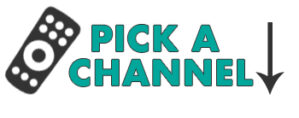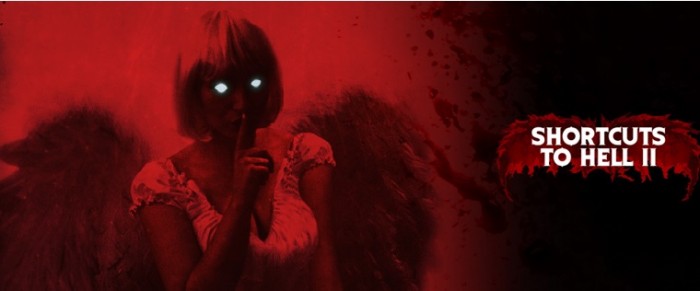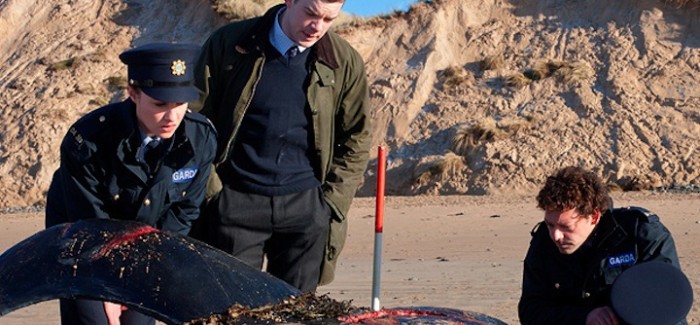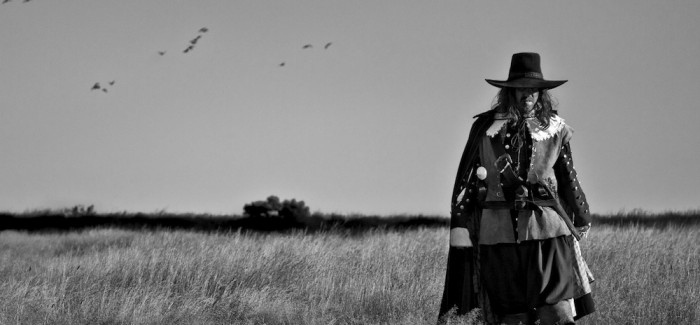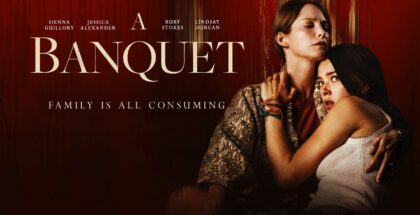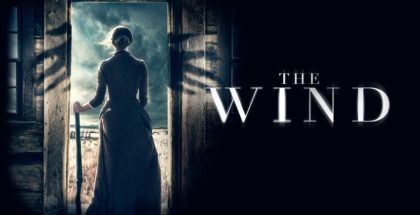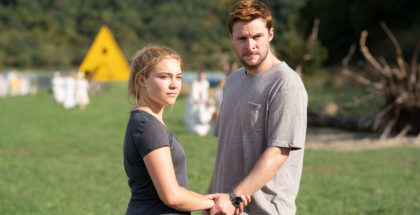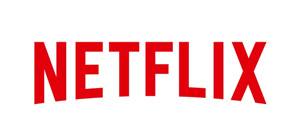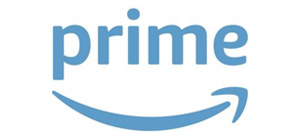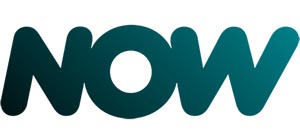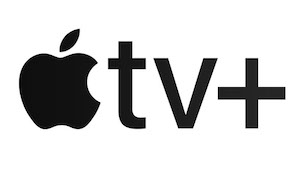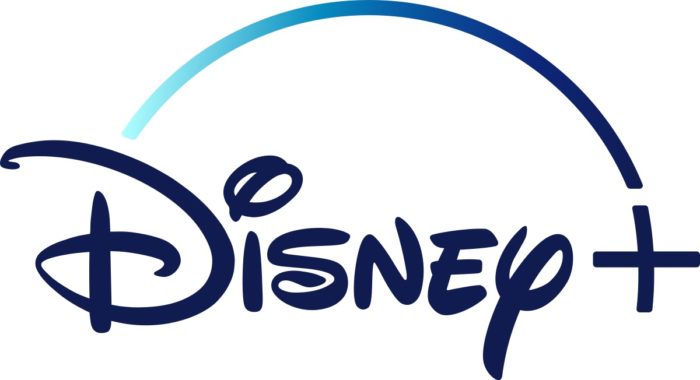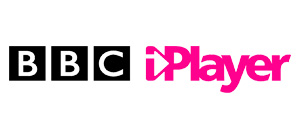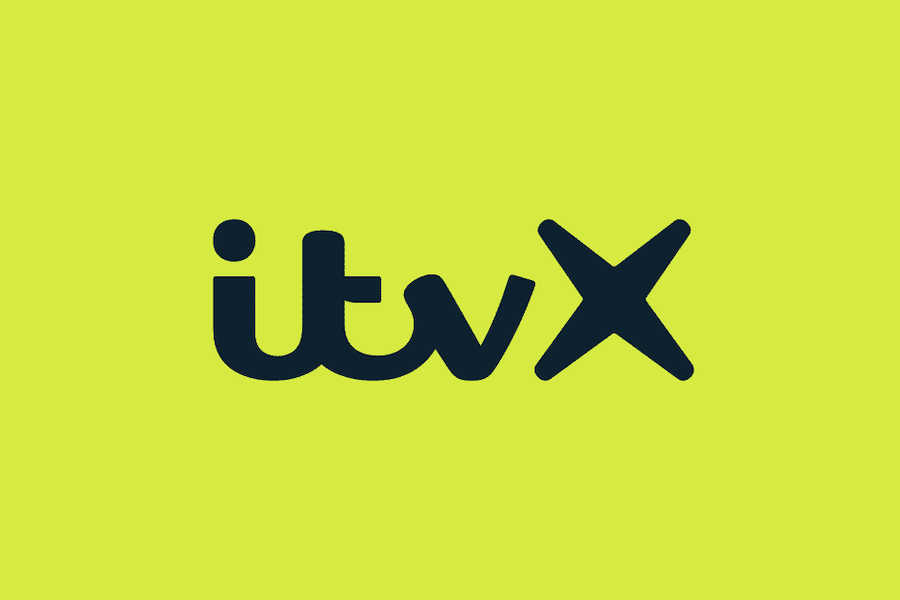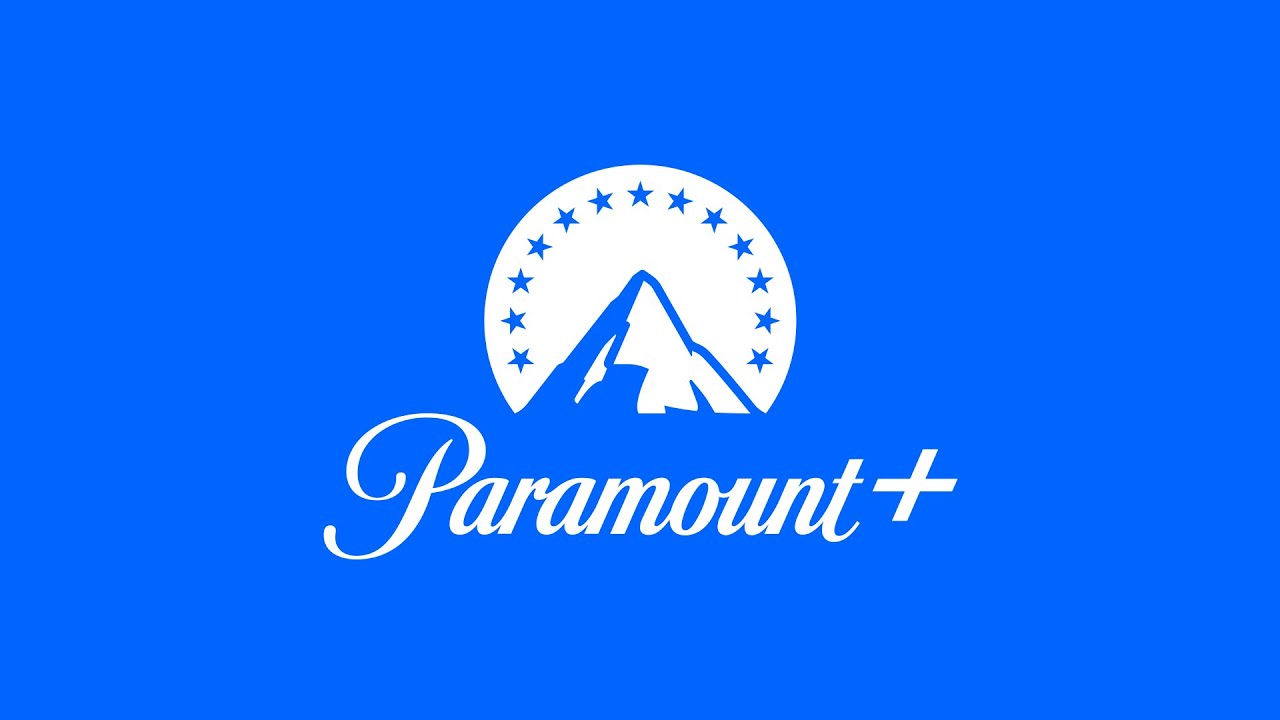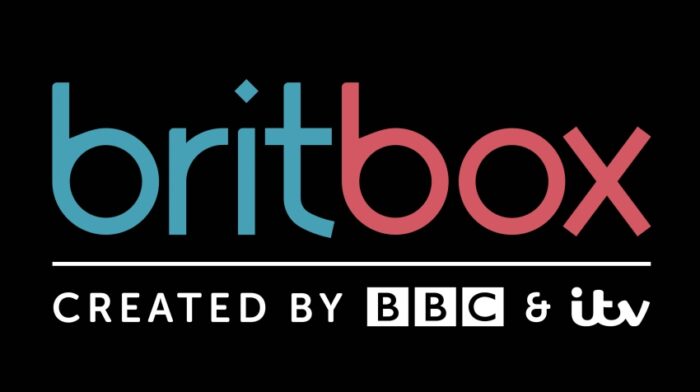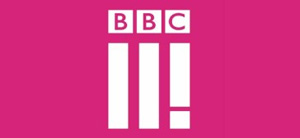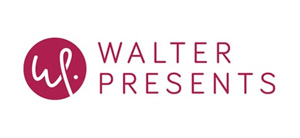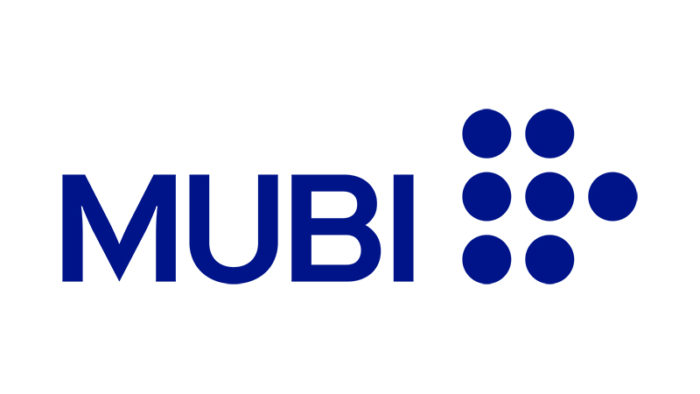Screaming in your living room: How VOD is changing the horror industry
David Farnor | On 24, Aug 2014
FrightFest has hit London once more this weekend – but for many around the country, it began on Monday, when the shortlist of films in the Shortcuts to Hell II contest were released on-demand, ahead of the finalists’ premiere during the festival.
It’s a step that sees FrightFest join several other events in embracing the potential of digital content: the Jewish Film Festival launched a VOD portal to complement its in-person screenings last year, while the Birds Eye View Film Festival saw In Bloom receive a simultaneous Ultra VOD premiere ahead of its theatrical release a month later. In October, the BFI Player is set to become even more intertwined with the London Film Festival.
Will FrightFest begin to debut feature films online alongside its Leicester Square schedule? Its directors were unavailable for comment, but it is not hard to imagine. Indeed, one of FrightFest’s strengths has always been the range of films showcased, giving small films a platform – the kind of films for whom digital distribution is the difference between getting a release and not.
Grabbers premiered at FrightFest in 2012. The (fantastic) Irish comedy-horror, which sees a small village of drunkards attacked by tentacled aliens whose only weakness is alcohol, went down a storm at the festival, but – as with many indie flicks – only received a limited release in the UK. Since then, Sony has made a deal with Netflix to add it to the VOD service’s line-up.
Was that something the filmmakers ever considered as an end-point for their film’s release?
Writer Kevin Lehane, the brains behind the twistedly funny gem, tells us it wasn’t: “We were certainly aware that the film was being released to DVD on New Year’s Eve of 2012. The Netflix component wasn’t something we were thinking about at that point, however. It’s been great for the film, though.”
Is he aware of a boost in awareness since the film’s addition to Netflix?
“I think the film has found a modest following,” he says. “Some celebrities have discovered the film on Netflix since it debuted in the US and have tweeted about it, which is nice. Every so often I’ll check the film’s social media accounts and see a spate of new comments from people who have just discovered it. It would be fair to say the film is more popular today than it was when it was released.”
He goes on to suggest that the lack of promotion of the film has, in some ways, made this expanding audience more meaningful: “Those who have discovered it have done so through the recommendations of friends and people they read online – which means more to me, I guess.”
While the film was intended a big screen title – “I wrote it to be something I’d pay to go and see at the cinema” – Lehane is pragmatic about production and distribution.
“I think when it comes to writing for film you should write unabashedly,” he explains, “then figure out what’s achievable and how best you can achieve that for an audience.”
While he can’t comment on the financial or commercial benefits of Netflix, he does note that “the stigma of VOD is long gone”.
“It’s just another release format now and you’ll find that VOD releases run the gamut from the great to the godawful,” he continues, “much like the releases in multiplexes and the shows debuting on TV.”
Does he consider digital distribution a valuable step for a genre such as horror, which might struggle more than others to secure a theatrical release?
“Yes. Personally speaking, if every film released to cinemas was simultaneously released to VOD I’d see a lot more films on release.
“I think cinema owners know this and don’t want audiences to become accustomed to expecting all films to be available to them at home when they want to watch them, but I think that’s an inevitable next step. Some films are meant to be seen on the biggest screen possible with fantastic sound and a group of friends you can discuss the film with afterwards and others can be a more familial experience with friends over food and drink and all the things you’re not supposed to do in a cinema but want to.”
He continues: “I think most people would admit that many of the films they’ve seen over the years and held dear were films they saw at home and not in the cinema. I think the home theatre experience is quickly catching up to the cinema experience and I don’t mind that. I like choice.”
Last night, R100 was broadcast on Film4 just days after its FrightFest premiere (to our knowledge, a first for the festival). The channel is no stranger to such surprising release choices – particularly when it comes to horror. In 2013, Ben Wheatley’s A Field in England was the very first film to be released day-and-date in cinemas, on DVD, on TV (Film4) and on VOD, turning what could have been an overlooked genre piece into a full-on event.
Lehane chose the small screen option: “I saw A Field in England on Film4 on release and loved it,” he enthuses. “I’d be excited for any film I write to be released in this way and most films I’ve been looking forward to this year weren’t available in the cinema chains. Ultimately, all you want as a filmmaker is for as many people as possible to have the choice to experience your film in the best way possible.”
He relates a comment he once heard from a sales agent that the average person goes to the cinema once or twice a year at most – “it’s not exactly cheap entertainment anymore” – but notes that VOD is still an emerging solution.
“The downside to VOD releases is that there isn’t that one-stop shop like with iTunes for music where you know every film will be available, you don’t need a subscription, and you know you’re going to get a 1080p stream of the film you want with great sound and at a fair price.”
(Note: this is why we launched VODzilla.co, to provide you with a hub for all digital video titles in the UK.)
“Right now,” he adds, hitting the nail on the head, “no one really knows how many films are watched by VOD. The distributors aren’t too forthcoming in releasing their numbers. I’m sure the reason is it would affect the deals being done with filmmakers.”
The anthology trilogy V/H/S – the third of which screens at this year’s FrightFest – is one series that has seen its films released on both VOD and in cinemas, either day-and-date (in the case of V/H/S 2) or close together. The same is true in the US too, thanks to Magnolia’s distribution strategy, which it has been honing since 2007. At the US box office, V/H/S picked up just $100,000, notes Variety, but the limited VOD release generated a big enough revenue to get a seven-figure offer from the studio for the sequel.
“We have an opportunity to become the first VOD franchise!” producer Gary Binkow eagerly told the publication.
A Field in England, though, is one horror film where the figures are available. The movie made £21,399 from 17 venues on its opening weekend, despite 77 per cent of audiences saying said they knew it was on TV. Film4’s premiere clocked up 918,000 viewers, while 1,462 discs (DVD and Blu-ray) were sold. What about VOD? As of 12th October 2013, 714 people have rented A Field in England on Film4oD, 1,746 on Virgin Media, while 3,133 have rented it on iTunes. There have also been a total of 680 purchases. While this latter figure is down on the predicted 1,000 sales, rentals totalled a whopping 5,593, almost three times the expected number of 2,000. The established markets of DVD and TV may have outperformed VOD overall, but there is a clear audience keen to use digital to access such genre titles.
With FrightFest giving horror a leg up in cinemas, it was perhaps only a matter of time until someone dedicated a digital platform to serving this niche. Enter TheHorrorShow.tv, which launched in 2013. The site was founded by David Hughes, who found himself gazing into a distribution limbo.
“The inspiration was wondering where all the films I’d seen at FrightFest, but had never ended up on DVD, had disappeared to,” he tells us. “I wanted to see what I could do to fix that. Secondly, I also felt that neither iTunes nor Netflix were particularly interested in the genre, and felt a curated service would be more engaging for horror fans like myself.”
Netflix currently offers around 200 horror titles (including TV shows and movies) to stream as part of its subscription service, while rival Amazon Prime Instant Video offers around 400. TheHorrorShow.tv, despite being a much smaller outfit, now offers 209 horror movies to rent or download.
The site was a finalist at the Screen Marketing & Distribution Awards 2013, but Hughes admits it’s “still early days”. He says their database is growing and that he expects FrightFest to give them another big boost.
Indeed, the site currently has approximately 20 titles from previous FrightFest years to stream – and will be looking to snap up many more this Bank Holiday Weekend.
“We’ll definitely be active on the acquisitions front,” Hughes notes.
For newer releases, which also available on other platforms, such as iTunes, he says they “probably don’t get as much action”, although he argues that TheHorrorShow.TV trumps iTunes thanks to its wider streaming capability and lifetime replacement guarantee on downloads.
The site’s strength, rather, comes from its support of unsupported titles, be they from FrightFest or elsewhere.
“The most popular titles are definitely our exclusives – of which there are a surprisingly high number.”
“[Our ] users are loyal,” he observes.
Indeed, what FrightFest shows every year is that there is a (large) hardcore group of fans who are willing to shell out money to see horror films that they would otherwise miss. With piracy often the result of titles being unavailable, is VOD the key to ensuring indie films can connect with their audience, especially one so passionate – and loyal – about a genre?
Hughes agrees that VOD is “particularly effective” in the horror market. “Fans love to discover new films (or old ones they’ve not seen before) and the instant access VOD provides means they can usually find and watch a film they’re curious about in under 90 minutes.”
Last week, TheHorrorShow.tv released one such curious title – The Woman – on special edition DVD and Blu-ray. It may seem like a step backwards for a VOD company, but Hughes says the physical market is far from dead.
“It’s alive and well – it’s just evolving. There are certain films you might impulse-buy on DVD or Blu-ray because they’re inexpensive and you want to see them (but you might only watch them once and then file them away), and there are others you want because they’re nice to own.
“We wanted to offer all options for The Woman, so as well as making a great steelbook edition, we also put out an ‘entry level’ DVD and Blu-ray, both of which contained the same extras (including two new commentaries and a new digital transfer of the film), so people don’t feel cheated if they ‘only’ buy the DVD.”
While the site plans to distribute more physical titles, they are cautious about stepping too far: “We value our distribution partners and don’t want to be seen as a competitor, so it’s a delicate balance between enthusiasm and good business sense.”
Indeed, digital remains the driving force for the horror start-up. (After the share taken by retailers, he comments, it’s “very difficult to turn a profit” from discs.) It’s no surprise, then, that The Woman is also available to stream online.
“What VOD does – brilliantly, if I may say – is [provide] an amazing opportunity to bring lesser-known or undistributed films direct to consumers and get the revenue back to the rights holder as quickly as possible, which is win-win – for the consumer and the distributor,” he continues, enthusiastically.
In fact, the site is so confident it is turning its hand to a subscription service too. The all-you-can-eat offering will be priced at £4.99 per month, Hughes confirms.
Kevin Lehane is equally optimistic about the potential for VOD to change the film industry for the better.
“I think if you can offer an audience a cheap, high quality alternative when they want it then I believe that people would sooner pay for it than torrent it,” he concludes.
“Until then, you’ll have people torrenting poor quality films and TV shows and moving on with their lives without a second thought, while the distributors are struggling to make a profit and the filmmakers are prevented from working and the budgets for other filmmakers following them shrink and on and on it goes until you have a film industry run by rich hobbyists who don’t need the money and supplied with content by starving one-and-done filmmakers.”
“Right now,” he points out, “everyone I know working in film is either broke, barely getting by or in debt. That’s a bad sign.
“So VOD is the future, I think. If you love all kinds of movies, anyway.”
For those who love horror movies, the future is certainly bloody exciting.

